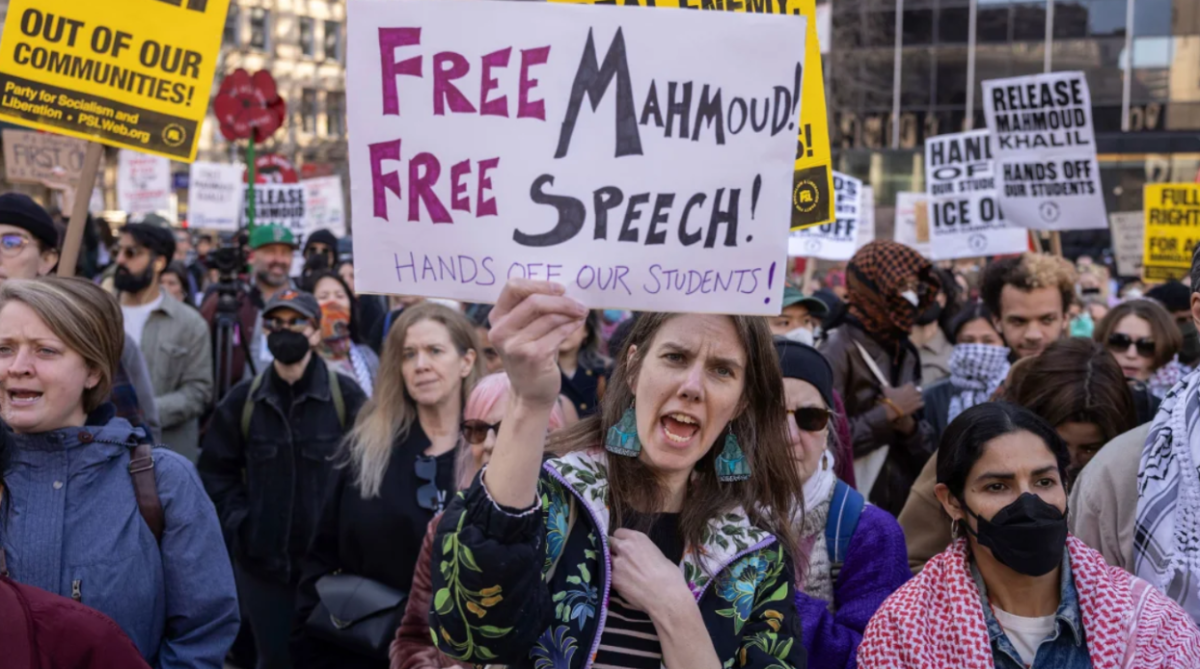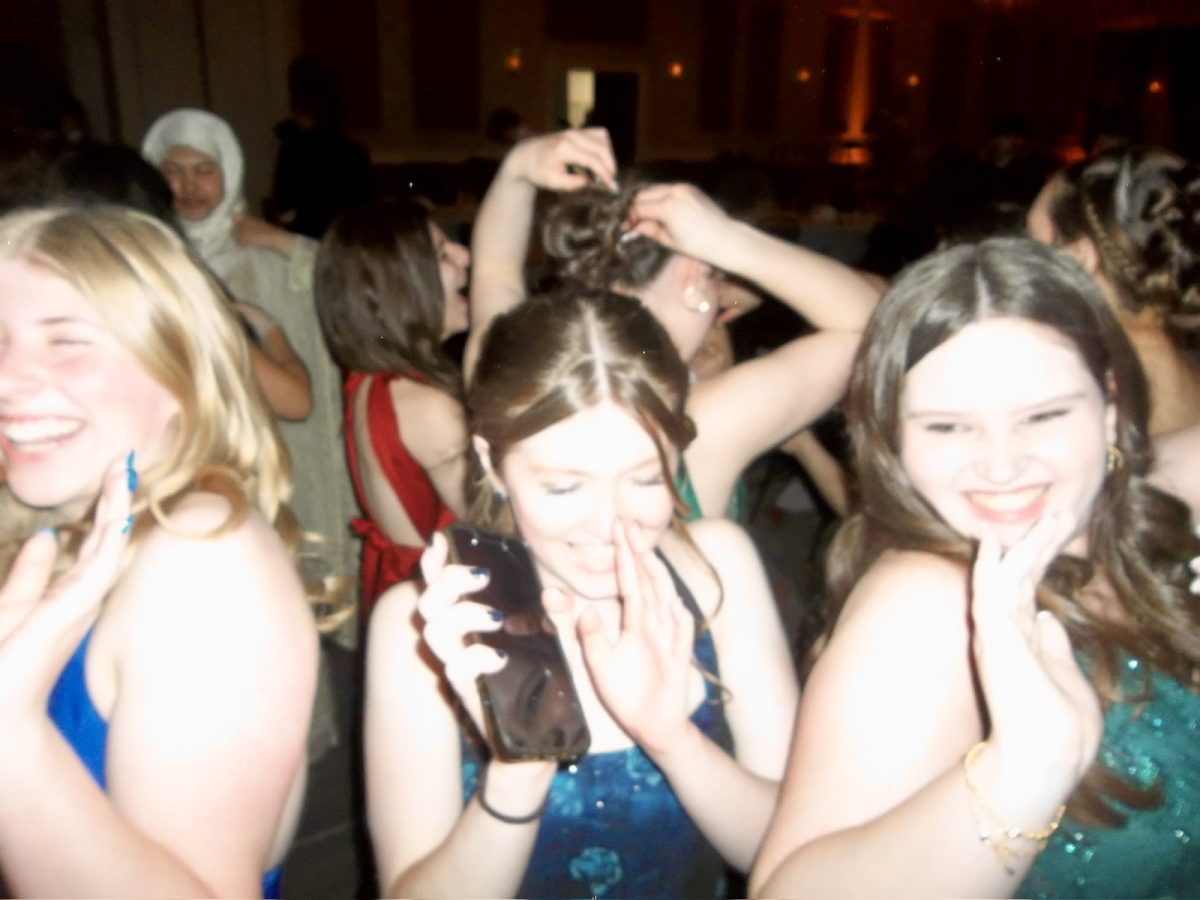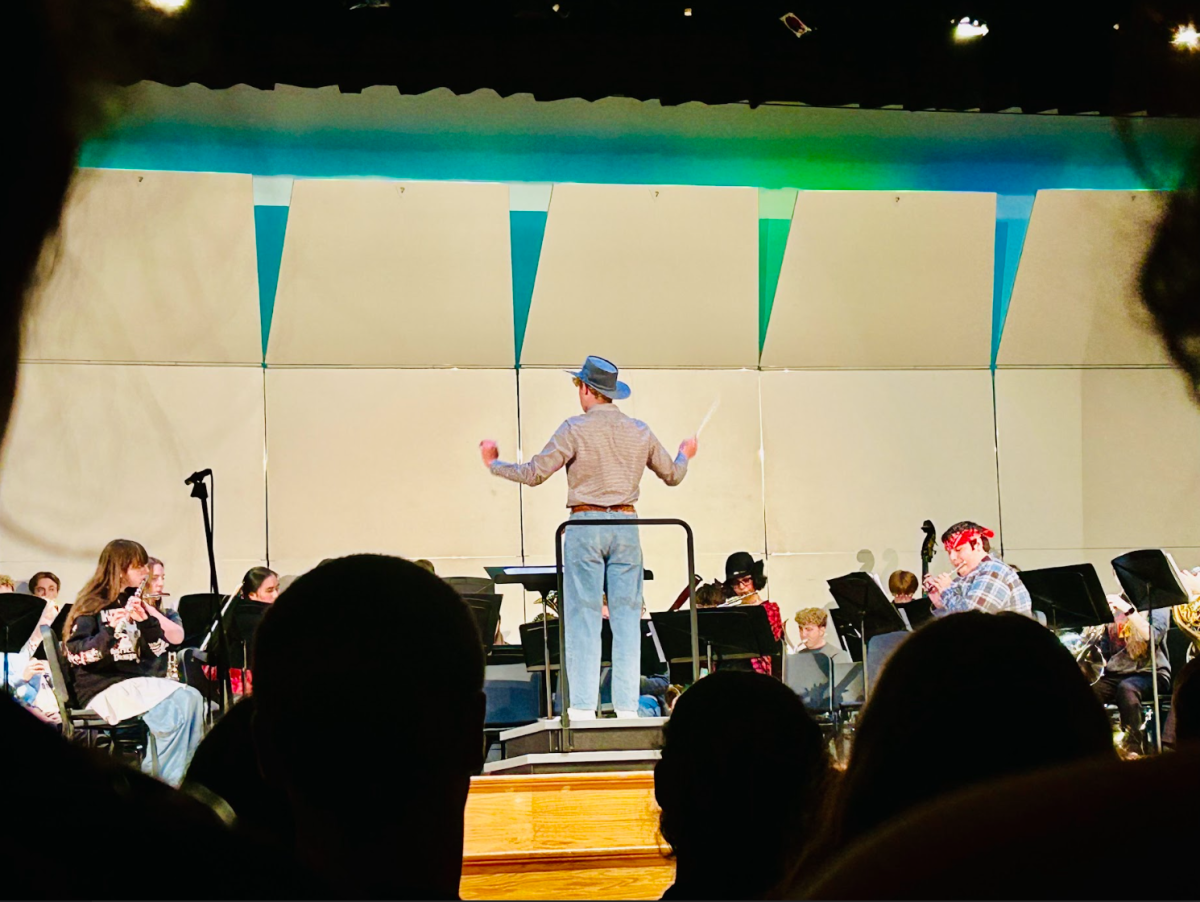Recently, Columbia University has begun suspending, expelling, or revoking the diplomas of students who participated in pro-Palestinian protests last year. While some may find this concerning, it is not particularly shocking. Columbia University has a history of taking action against students and faculty who participate in acts of civil disobedience.
The first notable example of this trend came in 1933, with the removal of art history professor Jerome Klein. Simply being a professor of art history at Columbia is an achievement—one that spoke to Klein’s excellence as an instructor and historian. Despite this excellence, Klein was still removed from his job after he signed a letter condemning Columbia for inviting German Ambassador Hans Luther to the university.
That invitation had been extended by the university president, Nicholas Murray Butler. Butler was the longest-serving university president, assuming the role in January of 1902 and leaving it in October of 1945. He was a strong proponent of Nazism and fascism, a supporter of Benito Mussolini, and only condemned the Nazi party after the events of Kristallnacht. He was also the first university president to establish an anti-Jewish quota at any American university.
To truly emphasize how alarming this is, it is important to describe the events of Kristallnacht. It was an attack, carried out by Nazi officials, against Jewish businesses, buildings, and places of worship. There were over 90 deaths, and it marked the beginning of a sharp rise in violence against Jews in Europe. It is worth noting, however, that violence against Jewish people perpetrated by the Nazi party was also incredibly common before Kristallnacht. Kristallnacht was not the first example of this violence—it was simply the straw that broke the camel’s back.
This trend of retaliation against activism at the university continued with Robert Burke. Burke had been elected class president for the Class of 1938 and was highly involved in university life. In February of 1935, Burke organized a protest against the school’s ties to the Third Reich, and during this protest, a book burning was held on the South Lawn. Reports from student newspapers at the time allege that the book burning was orderly and did not present any danger.
Burke was subsequently expelled from the university. While it would be reasonable to conclude that the book burning was probably what led to his expulsion, it actually was not. According to a 1936 edition of Columbia’s student newspaper, the dean of the university admitted to targeting Burke because he read his name in a newspaper article. The newspaper only referred to Burke as a student speaker and did not claim he participated in any particularly rowdy activities.
Hindsight is 20/20, and in the mid to late 1930s, Nazism was shockingly popular in American high society, particularly in academic circles. The language used by the Third Reich systematically stripped Jewish people of their humanity, making violence against them more acceptable. One common thread in Nazi rhetoric was the need to protect “Western culture” from “foreign influence.” It emphasized that Jews were subhuman and a dangerous threat to German national interests. This rhetoric ultimately characterized Jews as lazy, greedy, and dangerous. The purpose of this language was to promote support, or at least indifference, for policies that removed Jews from areas occupied by Germans.
Nazis emphasized the plight of the working man and appealed to the frustrations felt by the German proletariat. Many Germans felt that they had been given the short end of the stick in the wake of the First World War, and by capitalizing on this feeling, the Third Reich was able to make a convincing argument that some people were deserving of the “German dream,” while others were not.
This rhetoric is alarmingly similar to that used by the Trump administration. The administration has characterized immigrants, largely of Middle Eastern and Mexican descent, as undeserving and dangerous. By capitalizing on the frustrations felt by the American proletariat in the aftermath of the pandemic, in addition to fears regarding Mexican cartels and the Middle East’s involvement in 9/11, the Trump administration has been able to promote a feeling of support, or at the very least indifference, toward policies targeting immigrants and ethnic minorities in the United States.
This brings us back to the present day, where Columbia University is continuing to punish students for exercising their right to free speech. An unknown number of students have been expelled, had their degrees revoked, or are facing multi-year suspensions for participating in pro-Palestinian protests; this is in spite of promises made by the university that it would not punish students for exercising this right.
Columbia University has also not taken action to protect its students from immigration officials. Most notably, Columbia University graduate student Mahmoud Khalil, who is a legal permanent resident, was arrested and detained in New York before being moved to a detention center in Louisiana. This has placed him hundreds of miles away from his pregnant wife and his legal team.
Columbia University continuously refuses to acknowledge its ties to the Third Reich, or the harm done to academic spaces by the Trump administration. This is an unquestionably poor choice—one that will no doubt be reflected upon in the future with disdain. It is vital that the American public continue to question, reflect on, and criticize the actions of Columbia University, its peer institutions, and the Trump administration in order to avoid becoming complacent. As the American public does this, they must remember that the Holocaust did not happen because the average German hated his Jewish neighbor. It happened because the average German did not raise his voice in protest.















